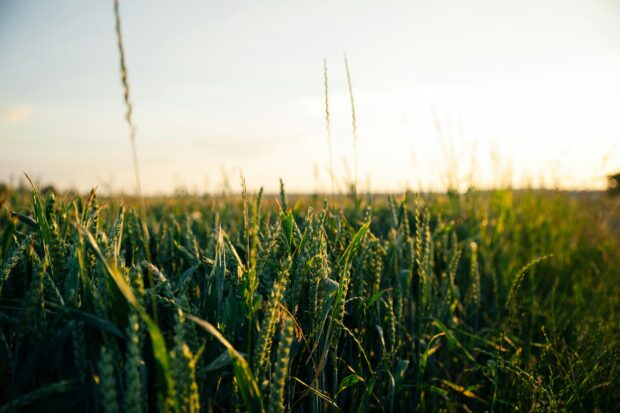Science
Cymraeg Antibiotics have saved millions of lives, but what happens when they stop working? Antimicrobial resistance (AMR) is a growing threat and it’s not just a hospital problem; it’s also on our plates. This week is World AMR Awareness Week (WAAW), an annual event promoted by the World …
Our role at the FSA is to put people first. That means being transparent about the risks in our food, and providing you with clear, science-based information to help you make informed choices about foods you eat. A good example …
The ability to detect and identify harmful pathogens early and to accurately trace foodborne disease (FBD) outbreaks to their source is critical to ensuring public health is protected and economic impact is limited. Initiated in 2021 and funded through the …
Cymraeg The third study of infectious intestinal disease (IID3) aims to quantify the rates of infection reported across primary care and NHS 111/NHS 24 call services and quantify the level of underreporting in order to make new estimates of the …
Cymraeg British Science Week runs this year from 7th to 16th March. This is a celebration of science, technology, engineering, and maths run by the British Science Association. Each year has a different theme, with this year's theme being ‘change …
Cymraeg The Food Standards Agency (FSA) is kicking off British Science Week 2025 by celebrating International Women’s Day, and our 2025 award-winning MHI and Vet of the Year. See what else we have planned for British Science Week at the …
This week, draft secondary legislation necessary to implement the Genetic Technology (Precision Breeding) Act 2023 for plants in England was laid in Parliament. The Government wants to introduce precision breeding technology due to its potential to increase food production, reduce …
Cymraeg New techniques and tools are being developed to protect consumers and help businesses, government and local enforcement agencies tackle honey fraud now and in the future. Honey is a naturally complex mixture of different sugars produced entirely by bees, …
Cymraeg We’re celebrating International Day of Women and Girls in Science by getting to know a few members of our Scientific Advisory Committees (SAC). Emily Burton What capacity do you work with the FSA in? I have two advisory roles …
Cymraeg There has been widespread media coverage and discussion on social media about a feed additive called Bovaer being trialled to reduce methane emissions from dairy cows to help combat climate change. Here we answer some of the questions being …










Recent Comments